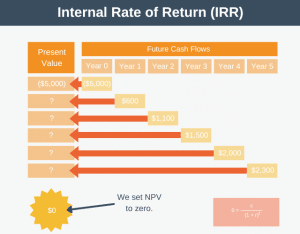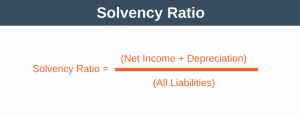All publicly listed companies have valuations, that is, a price for which you can purchase the entire company, including both tangible and intangible assets. These valuations are readily available on the Internet (Yahoo Finance has up to the minute valuations), and yet I’m often surprised how few people in senior positions within publicly listed organizations understand valuations and the factors that can influence them.
Company valuation is all about answering the question, “how much is a company worth?”. Whilst the question might be a simple one, the answer can is surprisingly complex. A company’s share price is a function of both current performance and estimated future performance, and thus will will depend upon a number of factors including the prevailing economic conditions, the company’s current financial results, the company’s assets, the product pipeline, competitive strengths, weaknesses, and the perceived future of the organization.
What is interesting about some of these factors is that they are difficult to measure. If we again consider that a company’s share price is a function of both current and estimated performance we can see why it is so difficult. First, let’s examine perceived future performance.
Ultimately, all we can do when trying to understand future performance is guesstimate, as nobody is able to predict the future with 100% accuracy. This then means that the current share price of all companies may or may not reflect the future as they have in them an inherent guess as to the company’s future prosperity.
Now let’s examine current performance. I many ways it is much easier to assess current performance, but this too is not without problems. For example, clever accounting procedures can obfuscate the true health of an organization. This is why many investment analysis use free cash-flow rather than earnings per share when making their investment decisions, as it is harder for accountants to fiddle with the free cash-flow value.
This article isn’t intended to be a guide to shares or investments. Read trading ISA accounts explained if you want to get started with that. Instead, I want to focus on the advantages to employees of large organizations understanding the valuations of both their company and their competitors.
The main advantages are that it will help you to make better day-to-day decisions as to where investment (resources etc) should be made, and it will also help you to make better product decisions. On a personal level it will help you to understand how secure is the future of the organization you work at and is it the right place for you long term. Taking the time to understand shares and investments could also have positive implications on your personal wealth.
Conclusion
I frequently encounter senior managers in publicly listed companies who do not understand company valuations. I believe that understanding company valuations will enable you to make better decisions in your job and about your career.
* Image by Mathew Knott











